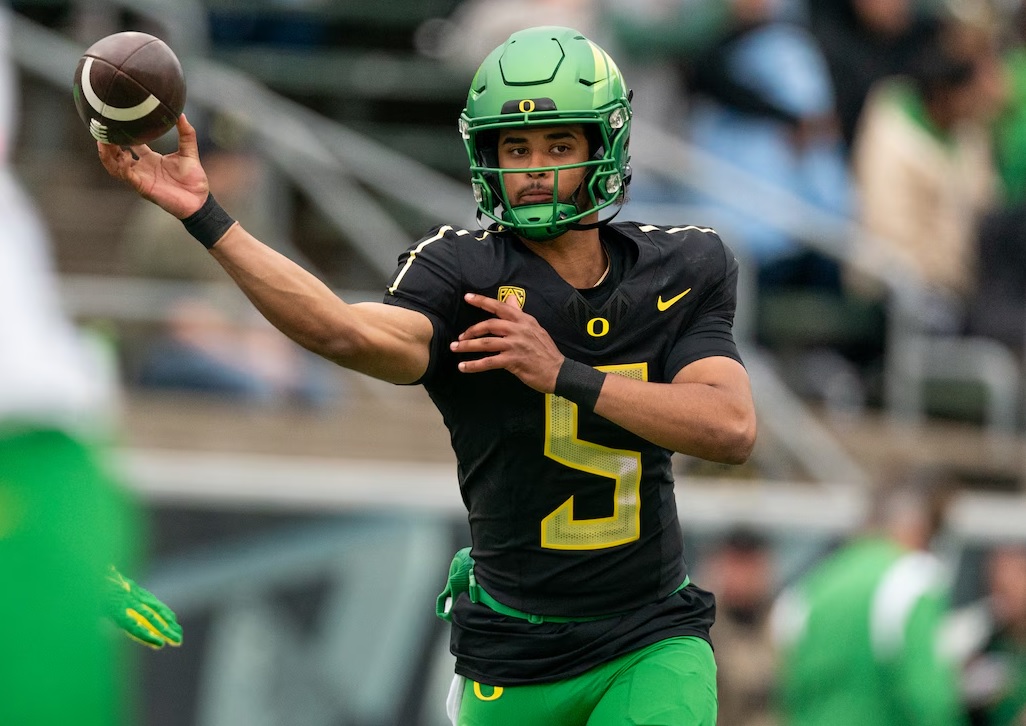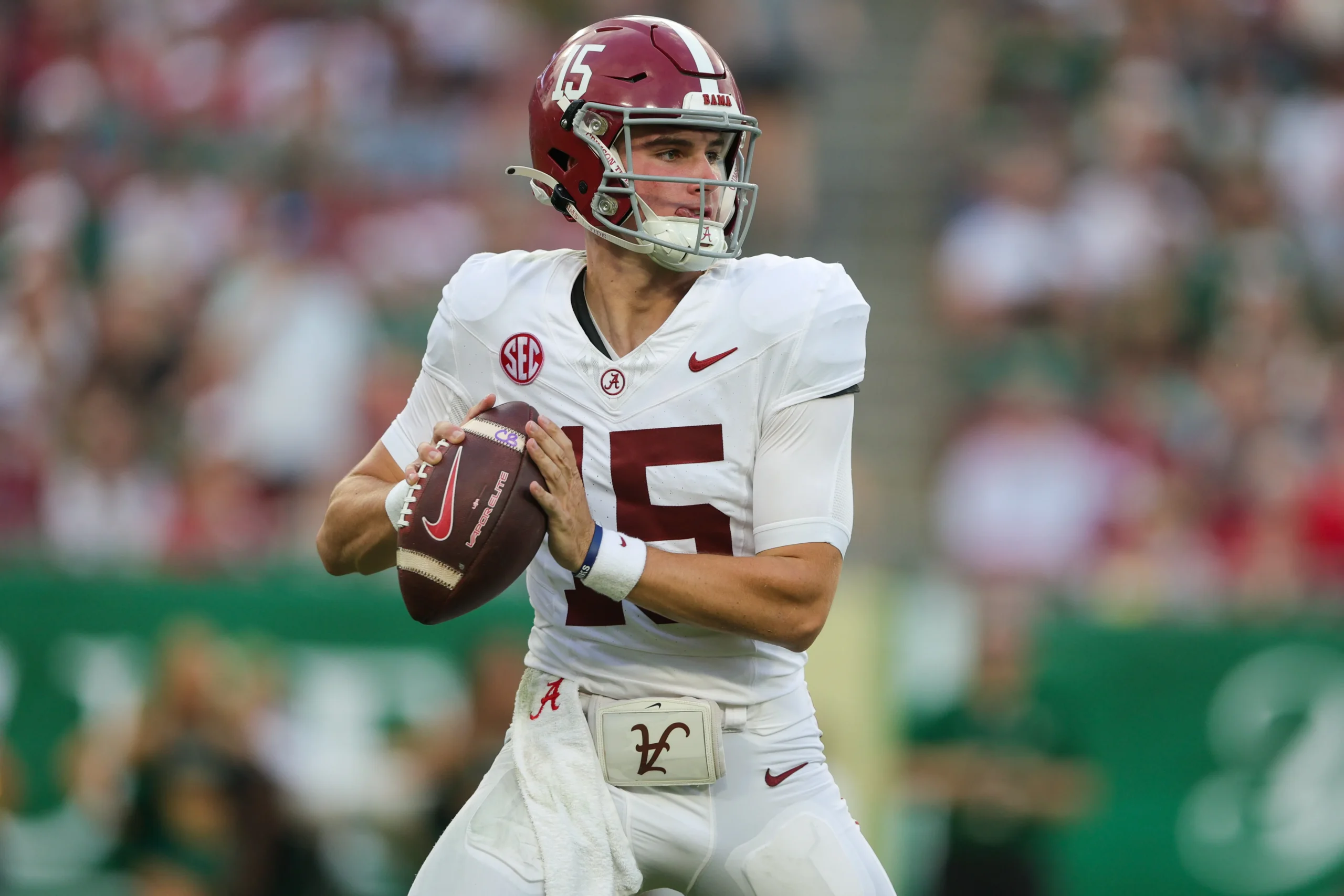Weather conditions create some of the most exploitable edges in NFL DFS, often shifting public perception and creating value opportunities that savvy players can capitalize on to gain significant advantages over the field.
The modern NFL DFS is increasingly competitive, making weather analysis a crucial differentiator. Successful DFS players understand that atmospheric conditions can turn a high-scoring aerial attack into a ground-and-pound affair, fundamentally changing the optimal roster construction for any given slate. Those who closely follow NFL fantasy should be on the lookout for the best DFS apps on sites like FantasyLabs, which offer different options and advanced analytics tools that help players make informed lineup decisions and maximize their plays.
Understanding Weather Impact on Position Performance
Quarterback and Passing Game Vulnerabilities
Wind represents the most significant weather factor affecting NFL games, particularly for quarterbacks and pass-catchers. Research shows that when sustained winds reach 15+ mph, quarterback fantasy production decreases measurably, with completion percentages dropping by approximately 3% and overall fantasy output declining by 10-15%. More severe conditions with winds exceeding 25 mph can justify benching even elite quarterbacks, as production decreases often exceed 20%.
Temperature also creates distinct performance patterns for signal-callers. Games played in temperatures below 32 degrees show quarterbacks averaging significantly lower fantasy points, with cold affecting grip strength and ball control. Conversely, extreme heat above 85 degrees creates similar negative impacts through player fatigue and decreased efficiency.
Running Back Performance Enhancement
Weather conditions that negatively impact passing games typically benefit running backs through increased volume and opportunity. Cold weather games consistently show elevated rushing production, with running backs in games below freezing averaging nearly 0.7 more fantasy points per game compared to ideal conditions. Snow games produce even more dramatic shifts, with rushing attempts increasing by 2.5 per game while passing attempts decrease substantially.
Rain conditions create similar dynamics, with running backs gaining nearly five fantasy points in mean performance as precipitation severity increases. This occurs because teams naturally shift toward conservative, ground-based play-calling when weather threatens passing efficiency and ball security.
Wide Receiver and Tight End Considerations
Pass-catchers face the most severe negative impacts from adverse weather conditions. Wind speeds above 15 mph create completion percentage drops of 2-10%, directly affecting target volume and catch rates for receivers. Heavy rain compounds these effects, with wide receivers showing significantly higher likelihood of performances below 10 fantasy points when precipitation and wind combine.
College football trends often provide valuable insights for NFL DFS weather analysis. College games in windy conditions show interception rates increasing by up to 8% while pass deflection rates rise proportionally with wind speed. These patterns translate to NFL contexts where receivers struggle with route precision and quarterbacks face increased difficulty with accuracy.
Strategic DFS Lineup Construction for Weather Games
Identifying Value in Adverse Conditions
Weather games create natural leverage opportunities against the public, as casual players often overreact to poor conditions by completely fading affected games. Smart DFS players recognize that not all weather impacts are created equal – light rain or moderate wind (under 15 mph) typically has minimal effect on fantasy production, while severe conditions create exploitable roster construction edges.
Target running backs from teams with historically conservative coaching staffs and strong offensive lines when weather forces strategic shifts away from passing attacks. These combinations provide the highest probability of increased touches and goal-line opportunities when game scripts favor ground control approaches.
Game Script Considerations
Weather-impacted games often produce lower total scoring, creating opportunities to target defenses that typically carry low roster percentages in normal conditions. Additionally, field goal kickers become less reliable in adverse weather, with accuracy dropping by 2-12% depending on conditions. This creates opportunities to fade popular kickers while potentially gaining leverage through contrarian defensive plays. Stadium-specific factors also influence weather impact severity.
Advanced Weather Analysis and Tools
Real-Time Weather Monitoring
Successful weather-based DFS strategy requires monitoring forecasts throughout the week, with conditions often changing significantly between initial slate release and lineup lock. Professional weather services provide hourly updates that can reveal improving or deteriorating conditions that affect optimal roster construction.
Pay particular attention to wind direction relative to stadium orientation, as crosswinds and headwinds create different challenges for passing games compared to tailwinds. Temperature trends throughout game time also matter, as afternoon games may see conditions improve from morning forecasts while evening games could face deteriorating weather.
Leveraging College Football Weather Trends
College football provides excellent predictive value for NFL weather analysis, particularly regarding regional weather patterns and venue-specific conditions. College games consistently demonstrate that teams from warm-weather climates struggle significantly more in cold conditions compared to northern programs accustomed to harsh weather.
College data also reveals that wind impacts become exponential rather than linear – games with 20+ mph winds see completion percentages decrease by 10% compared to just 3% decreases in 11-15 mph conditions. Practical Implementation Strategy
Weekly Weather Workflow
Develop a systematic approach to weather analysis beginning with Wednesday injury reports and initial weather forecasts. Create player pools that account for potential weather scenarios, identifying both weather-game targets and fade candidates based on projected conditions. Monitor updates throughout the week while maintaining flexibility to adjust strategies as forecasts evolve.
Focus on games with projected wind speeds exceeding 15 mph or temperatures below 35 degrees as primary weather situations requiring roster construction adjustments. Secondary weather considerations include heavy precipitation and extreme heat, which create different but still significant impacts on player performance and game flow.
Contest Type Considerations
Weather strategy varies significantly between cash games and tournaments. In cash games, avoid high-risk weather spots entirely to minimize downside exposure to poor conditions. Tournament play allows for more aggressive weather-game exposure, particularly when targeting low-owned players in games the public perceives as unfavorable.
Large-field tournaments offer the greatest opportunities for weather-based leverage, as public perception often overweights weather concerns, creating artificially low ownership on viable plays. Use weather conditions to identify contrarian roster construction opportunities while maintaining exposure to players whose roles may expand due to game script changes.




